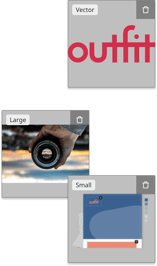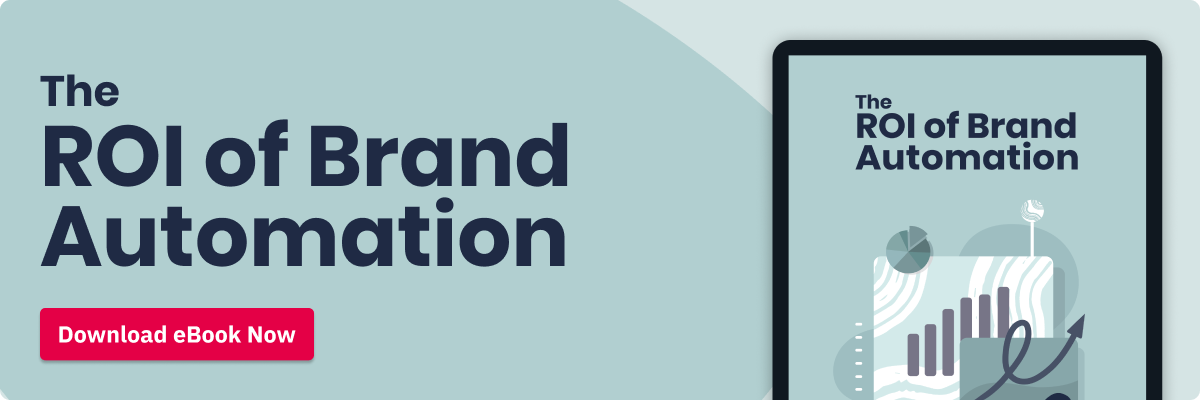Executives often talk about needing to scale marketing. But while it’s not hard to increase marketing activity (by spending more), it’s much harder to produce the volume of marketing you need to support organisational growth without increasing marketing spending at the same rate as the growth you need.
To reduce this into a simple equation, if everything is a bespoke execution, your marketing team will need to add resources to grow.
Following that logic, it pays to examine the processes and systems in place around the use and re-use of your content marketing before you start adding resources.
To scale marketing activity, the necessary structure and tools need to be put in place to minimise repetitive, manual and misdirected work to maximise production capacity.
Just as we all learned the 3 Rs of Readin’, wRitin’ and ‘Rithmetic at school, there are some ‘R’s to address if you want to scale - and not just increase - your marketing activity.
1. Rhythm
Can you increase the rate at which you generate and publish content (your rhythm) without adding resources?
You might consider:
- Looking for new sources of content: eg. Asking each team to contribute one blog or webinar a month
- Collating external content eg. a weekly wrap of relevant headlines
- Collaborating with external partners to create new content a number of times a year
- Increasing the number of spin-off assets that can be generated from a major piece of content and scheduling them in. If you usually write three blogs from each eBook, see if you can increase it to five.
2. Rules

It’s not enough to write down what your key messaging is, how it fits into your overall strategy and send it around, along with your brand guidelines and logos. No one reads those anyway - or if they do, they only read it once.
Instead, consider:
- Establishing a wiki or similarly centralised and always-accessible location to house your brand governance guidelines
- Creating responsive templates for use throughout the organisation that automatically enshrine those rules
3. Repurpose, Re-Use and Recycle
Re-using, re-purposing and recycling content should be a way of life if you’re scaling your marketing activity.
- Ensure you’re disseminating your messages across all the various formats and asset types that make sense for your brand. If you hold an event, film it and live-stream it online as a webinar, simulcast it on your social channels, edit the video and create several shorter clips; and create short snippets for use promoting your content on social channels. And so on. Automate this process as much as possible, for example by tagging content to generate social posts.
- Identify those formats that work and use them again and again with different content. For example, if your most-read blog is ‘50 statistics about [insert core topic]’, try writing ‘15 mind-blowing statistics about [insert another core topic]’. Or if an asset works well for one target persona, try re-working it for a different persona.
- Recycling relates to coming back to the same content, updating it for a new year, a new season or a change in the market, and putting it out there again to work its magic. For example, do University marketers need to recreate all their Open Day comms each year from scratch? Or can they recycle the bulk of them quickly with new imagery and a new headline for the new student intake?
4. Repository

You should consider: Whichever office suite, file-sharing software, brand management tool or asset manager you prefer, it’s essential to house all your approved assets in a central repository, for easy access.
- Tagging all your content so anyone in your organization can easily find it and related assets
- Mandating that any external agencies store files in your repository (not theirs) so anyone can rapidly retrieve assets
- Storing the working files as well as the finished assets for easy editing and re-use.
5. Responsiveness
To be able to take advantage of short-term opportunities, newsjacking possibilities and market changes at scale, ask yourself if your brand is responsive?
- Do you have rapid production and approval capacity when needed? Can you make universal changes to your campaign files and quickly update assets?
- Are you reliant on any one person to create or approve marketing work? What happens when they’re away?
- Have you automated the repetitive grunt work that slows marketing teams down, for example by using brand automation, marketing automation and process automation?
6. Request Management
Poorly briefed work, and marketing requests that aren’t aligned with key priorities, objectives and messaging, are major time-wasters in most marketing teams.
Implementing a centralised request management system will not only keep marketing focused on the priorities, it will encourage requesters to self-prioritise their most important asks, while providing all the information marketing needs
You might consider:
- Triaging all requests and rejecting those that are incomplete, off-strategy or off-brand
- Having all requesters fill out a standard briefing form - you won’t always get all the information you need, but you’ll get more than if you don’t standardise briefing
- Using a reverse-briefing tool that enables requesters to self-create the asset they need using pre-approved formats, and design it within your pre-approved brand guidelines.

7. Risk management
Remove risk and wasted time from the approval process. Not only is the amendment and approval cycle one of the biggest time-wasters in many marketing processes, if you’re not managing risk well in your core markets, you’re courting disaster as you attempt to expand.
Key to this are:
- An approval process or tool that collates feedback from risk, legal, brand and other approvers with the asset itself, which will dramatically reduce amendment and approval timeframes
- Automated deadlines, reminders and notifications when an asset has been approved. This is especially useful when you’re working across time zones or geographic locations.
- A RACI or other approval matrix to support appropriate approvals and decision making.
8. Results
Regularly track your results and reassess how your existing program is working so you know what’s effective and why. Use that information to improve and learn how you can optimise what you’re doing. There’s not much point re-using assets that aren’t performing.